yeovil at War
petters / Westlands at war
Turning to war production
John Petter was born in 1821 and came from Barnstaple, Devon. He moved his family to Yeovil around 1865 when he purchased the ironmongery business of Hannam & Gillett in the Borough. In 1870 John gave the ironmongery business to his son, James Bazeley Petter, as a wedding present on the latter's marriage. James Petter slowly expanded his business and in 1912 the Petter company went public. It began production of their oil engines in the new factory named the Nautilus Works in Reckleford. Its workforce of some 500 men produced over 1500 engines a year.
Percy Petter, one of John Petter's twin sons, explained the beginnings of Westland in his memoirs "By the beginning of 1913, the whole of the three acres of land at Reckleford which had originally been my father's garden, was occupied by buildings and necessary yard spaces; yet it was necessary at times to work night and day in order to supply the ever-increasing demand for Petter engines." He was persuaded by the manager of his foundry to inspect a field off West Hendford which sloped gently up from the Great Western Yeovil & Taunton branch railway. Enquiries were made into the ownership of the land and the possibility of getting sidings on the railway.
The land was purchased, together with some seventy five acres of farmland to the north of the works for a proposed 'garden village' of houses and amenities for the anticipated huge increase in Petter employees. Percy continued "Mother and I with Norah and Kathleen had gone down one Saturday afternoon in 1913 to cut the first sods for the foundations of the new Foundry and mother chose the name Westland, which has since become famous all over the world. The new Foundry, one of the largest in Great Britain, was ready for occupation early in 1914 and the first casting was poured."
The First World War started in late 1914 and by early 1915 the Reckleford Works was already producing 18-pounder shell cases. As the men went off to war, many women were employed in industries across the country. Petters was no different and employed women in their Reckleford factory from the beginning of the war. A total of 331 male Petters employees went off to war and, of these, eighteen men gave their lives for their country (see below).
In early 1915 Percy's twin brother Ernest Petter brought forward a resolution at one of the board meetings that the directors would be happy to place all the resources of the company at the disposal of the government, and were prepared to undertake the manufacture of any war materials for which the works might be considered suitable. A copy of this resolution was sent to the Board of Admiralty and to the War Office.
Within a couple of weeks a letter was received in reply saying that it was thought that Petters might undertake the construction of naval aircraft. The result was an order for twelve Short Type 184 patrol seaplanes (see Gallery), followed by a contract to build twenty Short Type 166. The completed seaplanes were transported to Hamble for flight testing. The success with the seaplanes resulted in a contract to build Sopwith 10 Strutters.
By 1916 construction of the factory and airfield was well in hand. Completion of Sopwith contracts was quickly followed with an order to build de Havilland 4 and 9 twin seat bombers. These were often delivered directly to the Western front and it became a Westland custom to ballast the rear seat of these aircraft with a barrel of local cider.
Towards the end of the war, Westland were sub–contracted by de Havilland to install the American Liberty engine in the DH–9 to produce the DH–9A (photographed above). Having completed this work satisfactorily, Westland became the prime contractor for the type and this was an important factor in establishing Westland as a major company in Britain’s aircraft industry. Westland were also contracted to build 75 Vickers Vimys and had completed 25 of these when the war ended.
The total contribution of war material by Petters, as well as some thousands of engines, was nearly 1,000 aeroplanes of all kinds, and a vast number of 18 pounder shell cases and gun carriage equipment. The Westland Works were expanded beyond all recognition, huge buildings covering vast areas as required for aircraft were erected and equipped with all the necessary plant.
gallery
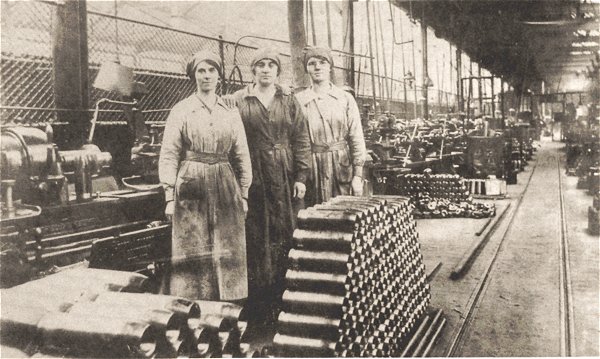
At the outbreak of the First World War the Petters family offered their facilities to the British government to produce war materials and by early 1915 the Reckleford works was already producing 18 pounder shell cases as seen in this photograph. This is the long factory building that runs parallel with Reckleford. A total of 331 male Petters employees went off to war and as a consequence women were employed in order to keep production running smoothly. The lady at right was Alice Partridge.
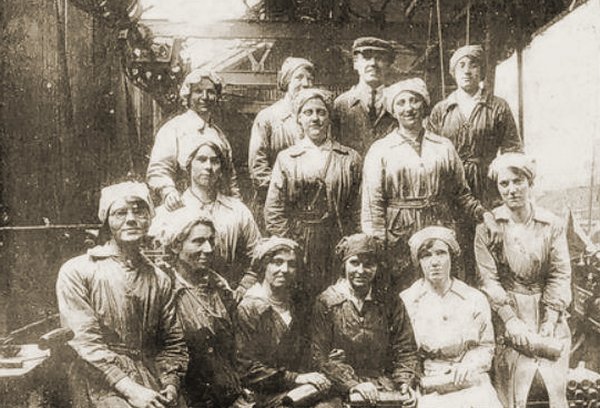
A group of munitions workers (presumably with their male foreman) circa 1917. Alice Partridge is at front left.
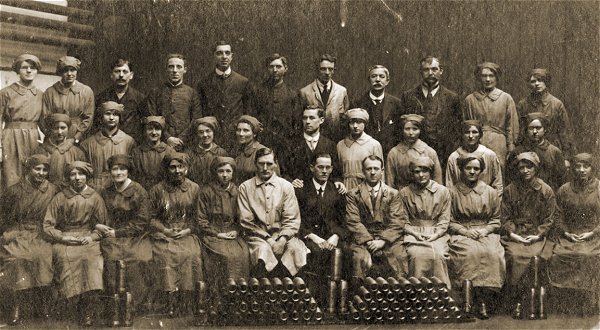
.... and then everybody crowded in for their photo.
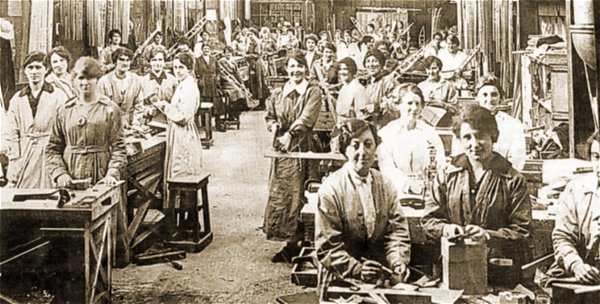
Women factory workers at the Westland factory during the First World War.
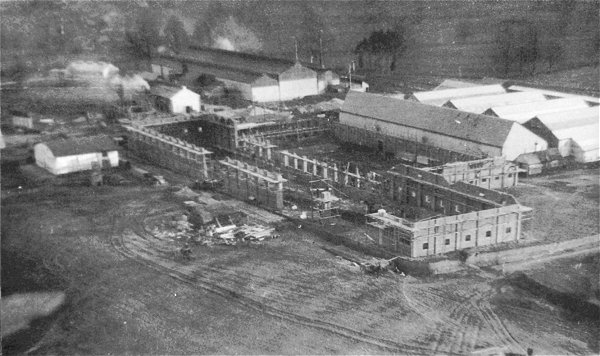
The Westland factory, with new buildings being erected in 1917.
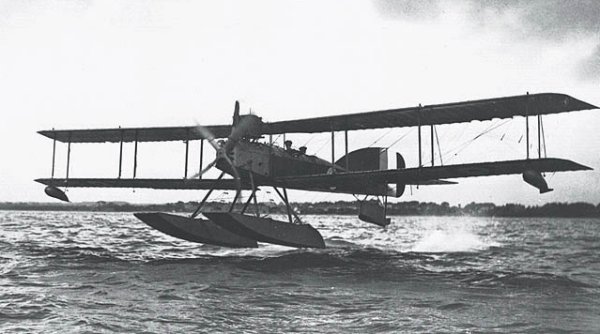
Short Type 184 patrol seaplane - the first type of aeroplane made at the Westlands factory.
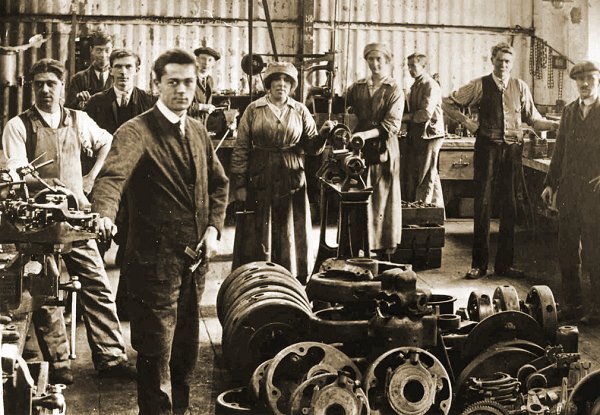
This photograph taken at the Nautilus Works probably dates to 1919 since munitions production has ceased but two women remain to make up the depleted workforce.
The Petters Memorial
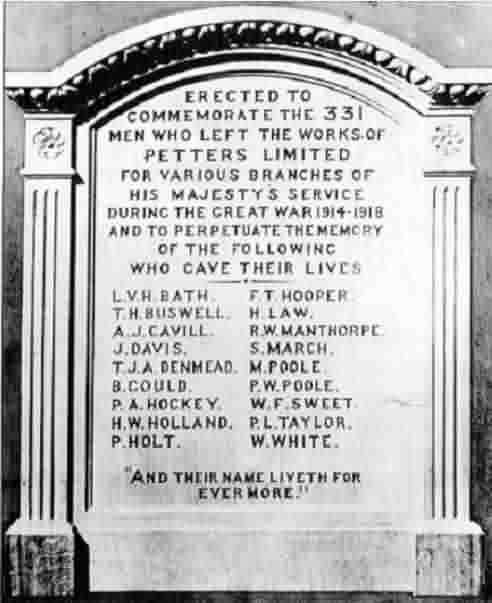
The Plaque in Petter's Westland Factory Commemorating the fallen employees in the Great War
Their full names, unit served with, and date of death are as follows. (Yeovil men are linked to their individual pages on this website).
Leslie Vivian
Hurle Bath,
Private, 90189,
HQ 83rd Brigade,
Royal Field
Artillery, died
23 August 1917
Thomas Hubert Buswell, Second Lieutenant, 52 Squadron Royal Flying Corps, died 26 March 1918
Alfred James Cavill. Private, 3/7264,6th Battalion Somerset Light Infantry, died 17 September 1915, age 34
Herbert John Davis, Private, 6395. 1st Battalion Wiltshire Regiment, died 3 September 1914, age 29
Thomas John Ambrose (Jack) Denmead, Private, 202704, 2nd/4th Battalion Gloucestershire Regiment, died 19 April 1917, age 20
Bertie Gould. Serjeant 8275, 6th Battalion, The Loyal North Lancashire Regiment, died 21 August 1915, age 30
Henry Albert Hockey, Private, 171526, B Coy 32nd Battalion Machine Gun Corps (Infantry), died 9 September 1918, age 24
Harry William Holland, Private, 24044, 1st/5th Battalion Somerset Light Infantry, died 22 November 1917, age 24
Percy Lionel Holt, 240821, Private, B Coy 1st/5th Battalion Somerset Light Infantry, Died 13 November 1917, age 21
Frederick Thomas Hooper, Serjeant, 19977, 43rd Coy, Machine Gun Corps (Infantry), Who died 16 September 1916, age 41
Herbert Law, 12139, 7th Battalion, Somerset Light Infantry, Who died 14 June 1916, age 21
Richard Walter Manthorpe, Private, 12079, 1st Battalion Somerset Light Infantry, died 12 June 1915, age 30
Samuel March, Lance Corporal, 12201, 5th Battalion Dorset Regiment, died 22 August 1915, age 27
Maurice Arthur Poole. Air Mechanic 2nd Class, 160690, "X" Aircraft Depot, Royal Air Force, died on 25 June 1919, age 18
Percy William Poole, Private 205814, 4th Battalion Northumberland Fusiliers, died on 14 September 1918, Age 20
William Frank Sweet, Private 2906, 5th Battalion Somerset Light Infantry, died 4 October 1914, Age 18
Percy Lionel Taylor, Staff Serjeant T/1450, Army Ordnance Corps, Attd 431st Siege Bty, Royal Garrison Artillery, died 3 July 1918, Age 25
William Samuel White, Corporal 13261, 10th Battalion Devonshire Regiment, died 27 April 1917, Age 27